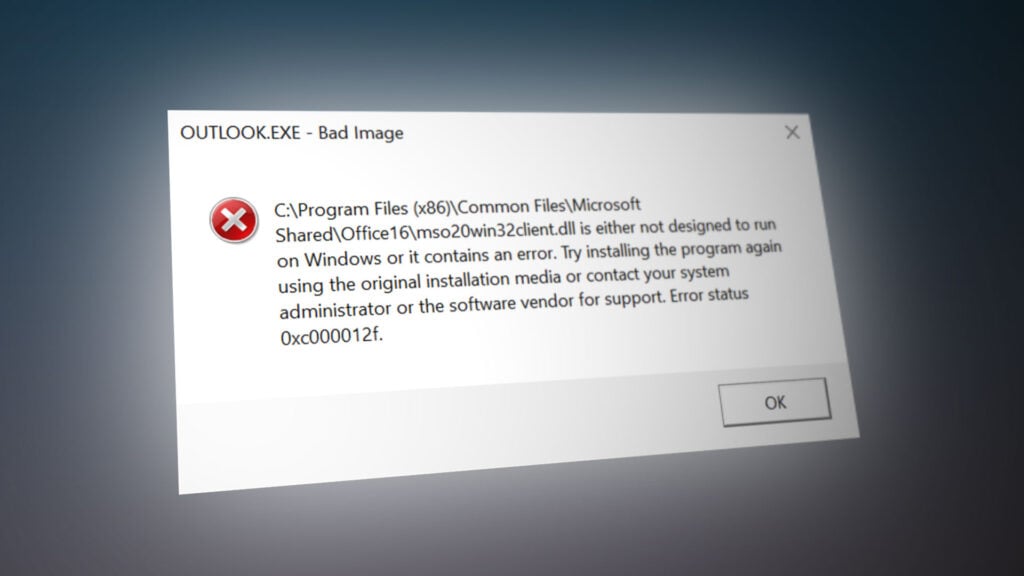‘Bad Image Error’ When launching Office applications [Easy Fix]
Many users of Office 2016, Office 2013, Office 365, older versions of Office and even standalone Office applications have reported an issue where specific Office applications simply refuse to launch successfully and, every time they are launched, an error message with the error code 0xc000012f is displayed. This issue has been known to be able to affect all kinds of Office applications from Word and Excel to even Outlook and plague computers running on all versions of the Windows Operating System. The entire error message, although it may be slightly different depending on the affected Office application and where on the affected computer Office or the Office application in question is installed, usually reads something like:
“EXCEL.exe – Bad Image”
“C:\program files (x86)\Microsoft Office\root\Office16\gfx.dll is either not designed to run on Windows or it contains an error. Try reinstalling the program again using the original installation media or contact your system administrator or the software vendor for support. Error status 0xc000012f”

Regardless of whether or not you have a job that requires you to work with Office applications, the Office suite or standalone Office application(s) on your computer are still an extremely important part of the computer and highly powerful tools at your disposal. Since that is the case, not being able to successfully launch and use one or more Office applications can prove to be quite a significant issue, especially in the long run.
Thankfully, though, this issue can be fixed pretty easily – all you need to do is repair the Office suite or standalone Office application(s) that are installed on your computer, and doing so should fix whatever’s causing this issue and get the affected Office application(s) back up and running. For this purpose, the most highly recommended course of action is an Online Repair as it is not only extensive and extremely effective but also doesn’t take an obscenely large amount of time. To perform an Online Repair on an installation of an Office suite or a standalone Office application, you need to:
- Open the Start Menu.
- Search for “programs and features”.
- Click on the search result titled Programs and Features.
- Locate and right-click on the Microsoft Office product that you want to repair, and click on Change in the context menu. If you have an entire suite of Office applications – such as Office 365 or Office Home and Student 2013/2016 – installed, you are going to want to look for that. However, if you only have one (or more) standalone Office applications – such as Word or Excel – installed, you are going to want to look for them.
- If you are asked how you want the installation to be changed, select Repair, click on Continue and go through the rest of the wizard.
- If you are met with the How would you like to repair your Office Programs screen, select Online Repair and then click on Repair.
- Follow the rest of the onscreen instructions to initiate the Online Repair and get through the wizard.

If an Online Repair is unable to solve the problem for you, you might want to try completely uninstalling the Office suite or standalone Office applications that are installed on your computer and then reinstalling them from scratch.
However, if you are suffering from this issue, the Online Repair proved to be unsuccessful for you and your computer also has Kaspersky KES10 and/or the Kaspersky Network Agent installed, there is a pretty good chance that the Kaspersky program(s) are the culprit. If that is the case, all you need to do is completely uninstall Kaspersky KES10, the Kaspersky Network Agent and/or any other Kaspersky programs installed on your computer from Programs and Features and then try running an Online Repair on the Office suite or standalone Office application(s) on your computer using the steps listed and described above, and that should do the trick.